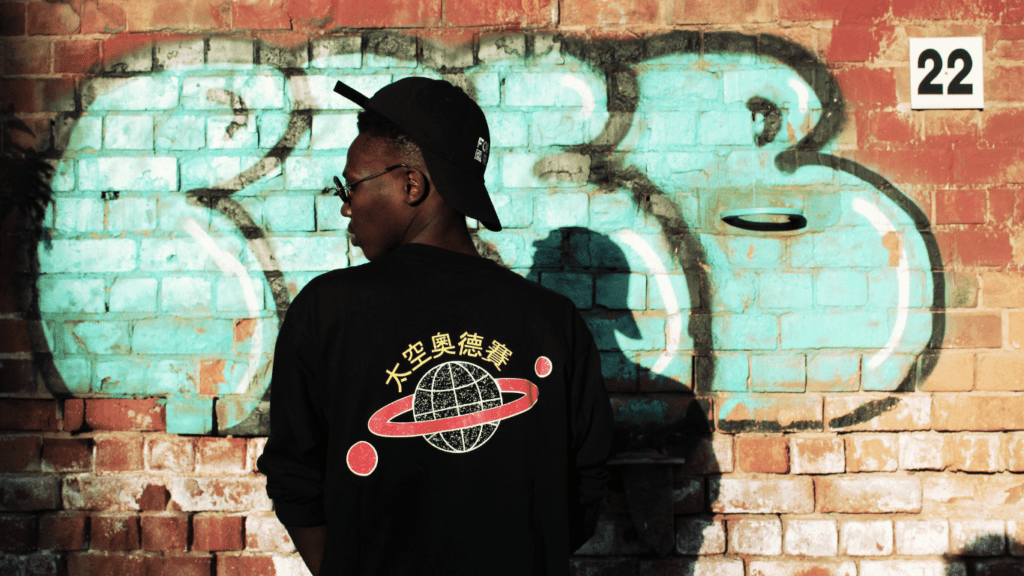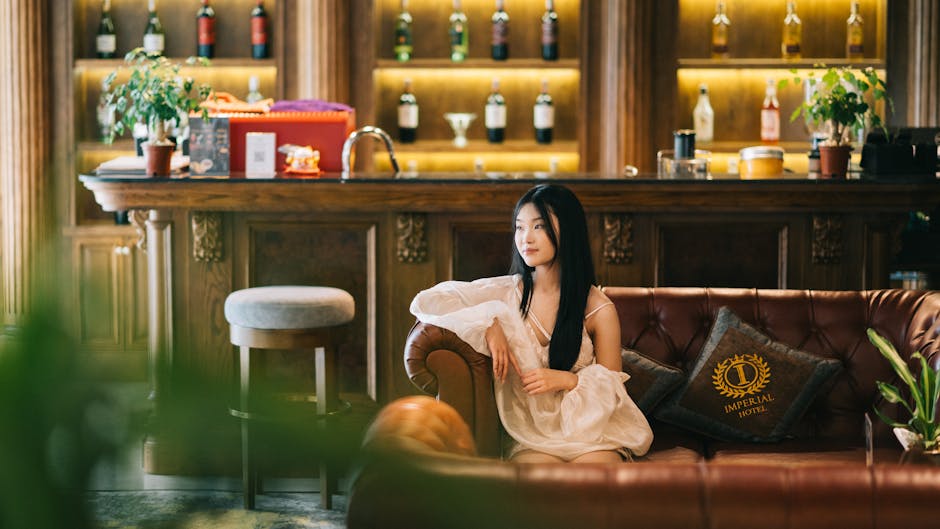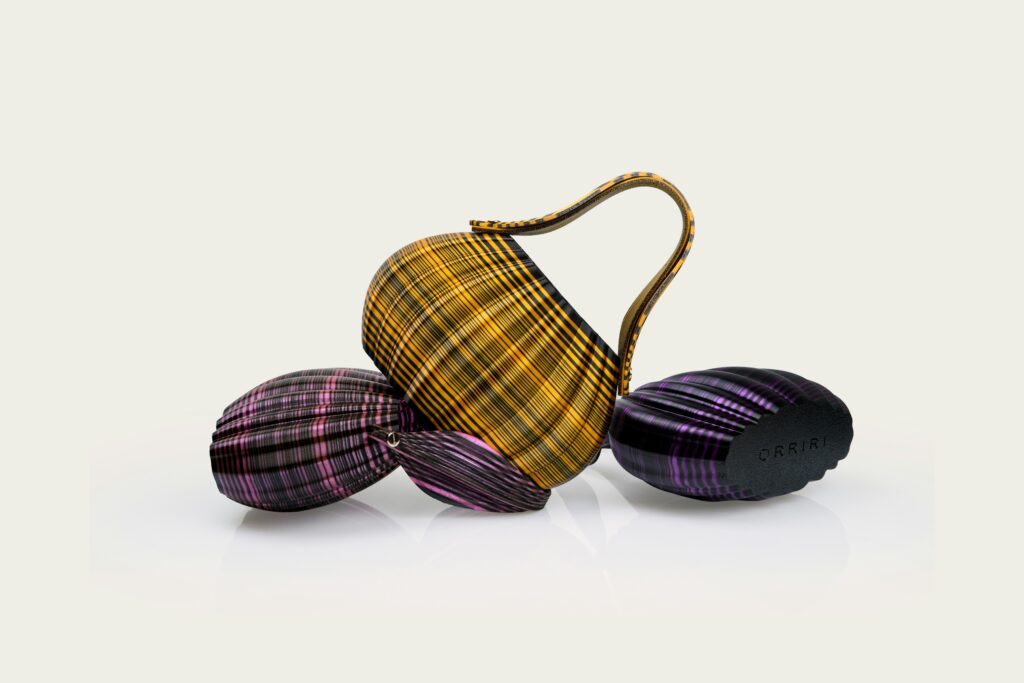Exploring the intricate relationship between global cultural influences and luxury fashion trends is a captivating journey into the dynamic world of style evolution. Fashion, beyond mere clothing, serves as a reflection of diverse cultural identities, traditions, and societal shifts.
As a fashion enthusiast and trend analyst, I’ve delved into the fascinating interplay of heritage, innovation, and globalization in shaping the luxury fashion landscape. From the runways of Paris to the streets of Tokyo, cultural nuances seamlessly weave into the fabric of luxury fashion, dictating trends, designs, and consumer preferences.
As I unravel the threads of this complex tapestry, it becomes evident that the fusion of traditions, artistry, and modernity fuels the ever-evolving nature of luxury fashion. Join me in this exploration of how global cultural influences serve as the creative heartbeat of luxury fashion trends, setting the stage for sartorial storytelling on a global scale.
Overview of Global Cultural Influences on Luxury Fashion Trends
Exploring global cultural influences in luxury fashion reveals a fascinating intersection of tradition, innovation, and creativity. As a fashion enthusiast and trend analyst, I recognize how cultural nuances from different parts of the world contribute to shaping the ever-evolving landscape of luxury fashion.
The fusion of heritage, modernity, and global perspectives creates a rich tapestry of styles, designs, and trends that captivate audiences worldwide. Cultural identities, traditions, and societal changes play pivotal roles in defining luxury fashion trends.
This interplay between cultural influences and fashion reflects the dynamic nature of style, where tradition meets innovation to produce groundbreaking designs. Across the globe, designers draw inspiration from diverse cultural elements, incorporating unique details that appeal to a broad range of consumers.
In the realm of luxury fashion, storytelling through style takes center stage, as each garment narrates a tale of cultural heritage and contemporary aesthetics. Designs infused with cultural references not only showcase artistry but also provide a platform for cross-cultural dialogue and appreciation.
The global influence on luxury fashion trends transcends geographical boundaries, offering a universal language of style that resonates with fashion enthusiasts worldwide.
Historical Impact of Global Cultures on Luxury Fashion
Exploring the historical impact of global cultures on luxury fashion reveals fascinating insights into the evolution of style and design. From the elaborate garments of ancient civilizations to the revolutionary changes brought about by cultural movements in the 20th century, the interwoven tapestry of cultural influences has continuously shaped the world of luxury fashion.
Influence of Ancient Civilizations
Ancient civilizations such as Egypt, Greece, and Rome laid the foundation for luxury fashion with their intricate textiles, embellishments, and drapery techniques. The opulence of Egyptian jewelry, the graceful silhouettes of Greek garments, and the structured tunics of Roman attire all left a lasting legacy on the concept of luxury in fashion.
These early cultures not only inspired aesthetic elements but also set the stage for the craftsmanship and attention to detail synonymous with luxury brands today.
Cultural Revolutions in the 20th Century
The 20th century saw a series of cultural revolutions that significantly impacted luxury fashion. From the avant-garde designs of the Art Deco movement to the rebellious spirit of the 1960s counterculture, each wave of change brought new perspectives and innovations to the fashion world.
Designers drew inspiration from diverse cultural movements, incorporating elements of art, music, and societal shifts into their creations. These cultural revolutions not only influenced aesthetics but also paved the way for the democratization of luxury fashion, making high-end designs more accessible and inclusive.
Modern Global Cultural Trends in Luxury Fashion
- Examining how traditional and contemporary styles converge in modern luxury fashion.
- Analyzing global cultural trends shaping the evolving landscape of high-end fashion.
Fusion of Traditional and Contemporary Styles
In luxury fashion today, there’s a seamless integration of traditional craftsmanship with contemporary design elements. Brands are infusing heritage techniques like intricate embroidery and handcrafted details with modern silhouettes and innovative materials.
This fusion creates a unique synergy that appeals to a global audience seeking both timeless elegance and avant-garde aesthetics. This blending of old-world charm with cutting-edge creativity exemplifies how cultural traditions continue to drive the evolution of luxury fashion in a dynamic and inclusive manner.
Impact of Social Media and Globalization on Luxury Fashion Trends
Continuing from the fusion of traditional craftsmanship with contemporary design in luxury fashion, I delve into the significant impact of social media and globalization on shaping current luxury fashion trends. Social media platforms like Instagram, Facebook, and TikTok have become powerful tools in the fashion industry, allowing designers, brands, and influencers to showcase their creations instantly to a global audience.
In my observation, the rapid dissemination of fashion trends through social media has accelerated the democratization of luxury fashion, breaking down traditional barriers to entry. The direct engagement with consumers online has enabled brands to gauge real-time feedback and adapt their strategies swiftly to meet evolving demands.
Furthermore, globalization plays a crucial role in the evolution of luxury fashion trends. With the interconnectedness of markets and cultures worldwide, designers are inspired by a diverse range of influences, resulting in a fusion of traditional elements from different regions with contemporary aesthetics.
The accessibility to global markets facilitated by e-commerce platforms has transformed the way luxury fashion is consumed and perceived. As a result, luxury brands are increasingly embracing sustainability, inclusivity, and cultural diversity in their designs to resonate with a broader audience.
The intersection of social media and globalization has not only democratized luxury fashion but also catalyzed innovation and diversity in design, reflecting the dynamic and inclusive nature of the industry today.





